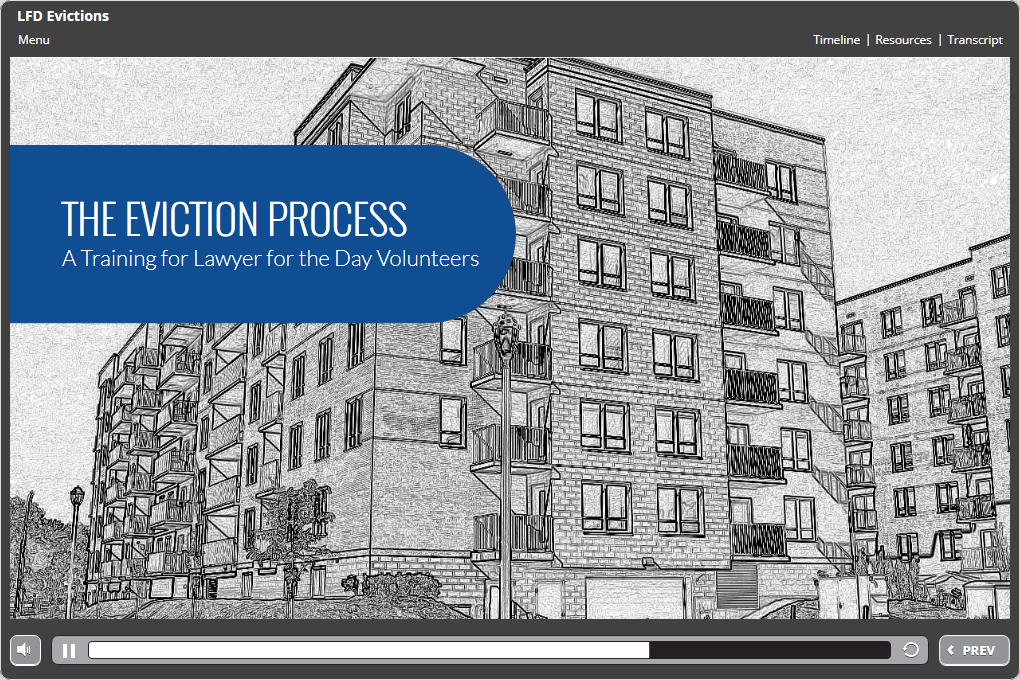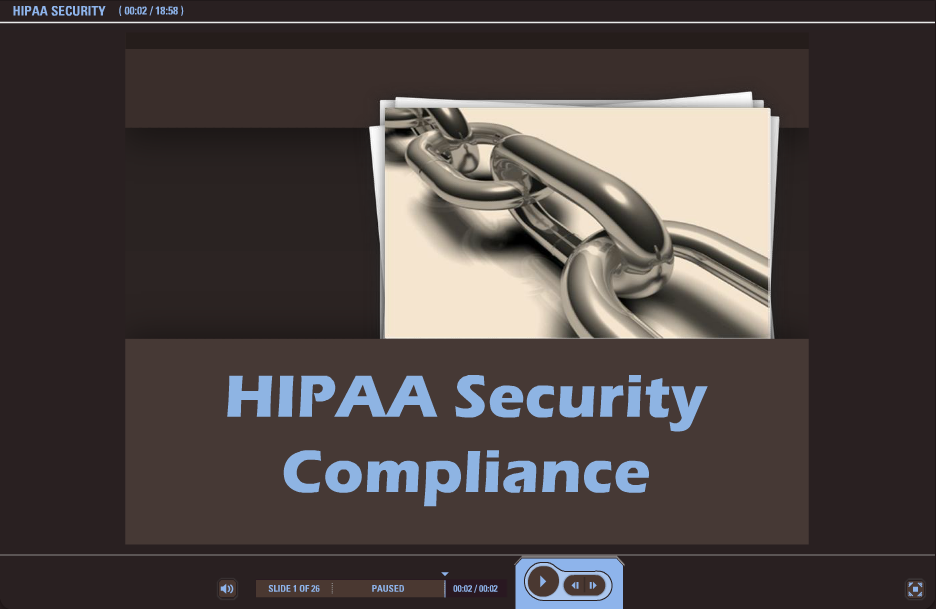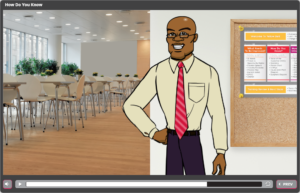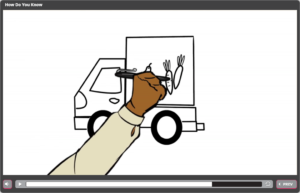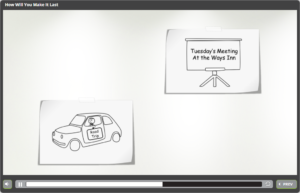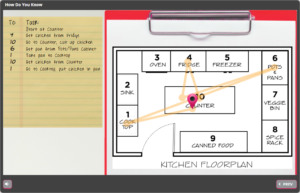Six Sigma Yellow Belt Certification
Just wanted to let you know that we LOVED LOVED LOVED what we saw in the course! We really liked the look-and-feel, the graphics, and the light hearted tone of the video to name a few. While the tone was light, the message was clear and concise and the user interaction was thought provoking and even a little difficult! Wonderful job! You hit it out of the park!!
Patty
Challenge
This healthcare organization offers Yellow Belt certification to all their employees. The program consisted exclusively of live Instructor-led classroom sessions, and took approximately 20 hours to complete. Because the delivery was live and the duration was so long, it was a very expensive program to run. Additionally, travel costs prevented most off-site employees from participating. Given the large number of remote employees that this organization employs, it severely limited the reach of the Yellow Belt program.
Solution
We used Storyline to create an engaging, totally self-paced Yellow Belt certification program. The full curriculum takes approximately 5 hours to complete, down from 20 in the prior program. Courses focus on the practical application of the tools in realistic work settings. Each skills course focuses on a single overarching problem in the office (such as the Marketing department running out of physical space) and has learners apply the various tools of that course up against various aspects of that core problem. We used a variety of animation and interaction techniques to keep learners engaged and very active during the courses.
Impact
The new Yellow Belt curriculum was extremely well received. The fun new approach was inviting and created a buzz around the training that the organization had not seen with any of their prior courses. Putting the curriculum online gave access to hundreds of remote employees that previously had no
means of achieving their Yellow Belt certification. Additionally, the reduction in training time meant that employees gained back almost 2 full work days. The hands-on application exercises in the courses allowed learners to interact with the content in ways that didn’t previously exist. By putting the courses in the LMS, learners could complete the courses at their own pace, making them more accessible to everyone.


